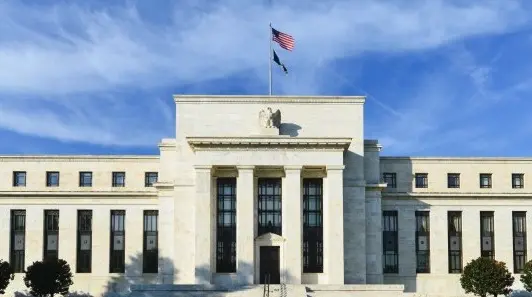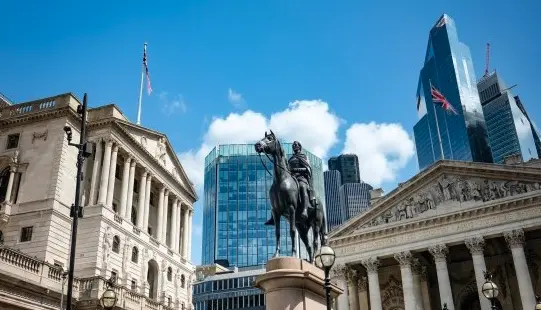When NatWest reported its Q3 numbers at the end of October the NatWest Group share price dropped sharply after reporting an increase in loan loss provisions, as well as concerns that a further windfall tax might be levied on its profits.
Since then, the shares have gone from strength to strength, rising to their best levels since May 2018, as concerns over a sharp slowdown in the UK economy have receded.
In many ways the actions the bank took in Q3 where sensible planning as the bank posted a modest Q3 attributable profit of £187m, a sharp fall from the £1bn profit seen in Q2.
The reason for the sharp slowdown was due to a loss of £652m on the discontinued Ulster Bank operations and the reclassification of its mortgage book, so was very much a one-off.
In H1 impairments were a modest £26m
It is also notable that NatWest took more aggressive action with respect to impairments during Q3. In H1 impairments were a modest £26m, however Q3's numbers saw that provision increased by £247m, while operating expenses also saw a sharp increase compared to Q2, to just shy of £1.9bn, although they are still lower from a year ago.
When all of this is stripped out the underlying performance was still slightly weaker than Q2 as operating profits came in at £1.09bn, slightly shy of expectations, and a £310m fall from Q2.
In today's Q4 numbers, profits rose to an impressive £1.26bn, a big increase on the £187m in Q3, taking full year profits to £3.34bn, up from £2.95bn a year ago. Total impairments for the year rose to £337m
As far as the internals are concerned the higher interest rate environment saw net interest margin increase from 2.99% in Q3 to 3.2% in Q4, bringing NIM year to date up to 2.85% from 2.30% a year ago.
Read next: Microsoft: Bing With Artificial Intelligence And The First Mistakes And Confusing Answers| FXMAG.COM
On the business side of things net loans in retail banking have look steady throughout the year, rising to £197.6bn in Q4, of which £4.8bn was new mortgages, up from £192.8 in Q3 and up from £182.2bn at the end of last year.
This increase was mainly down to new mortgage growth over the year of £14.4bn. Credit card balances increased by £600m over the year, along with ordinary loans of £500m.
Customer deposits decreased in Q4 to £188.4bn, a slide of £2.5bn as more money was spent in the lead-up to Christmas with current account balances declining by £2.1bn and savings accounts by £400m.
The bank proposed a final dividend of 10p as well as a share buyback program of £800m in the first half of 2023, taking the total amount paid to shareholders £5.1bn, or 53p per share, which is good news for the UK government which still holds a 48% stake in the bank. This equates to a windfall for the UK government of £2.25bn, on top of the ordinary tax take which includes the bank levy and corporation tax. .
On the outlook the bank was cautious with the bank saying it expects to generate full year income of £14.8bn, and a full year NIM of 3.2%, based on a base rate of 4%. Impairments are expected to remain in line with previous forecasts.
















































































